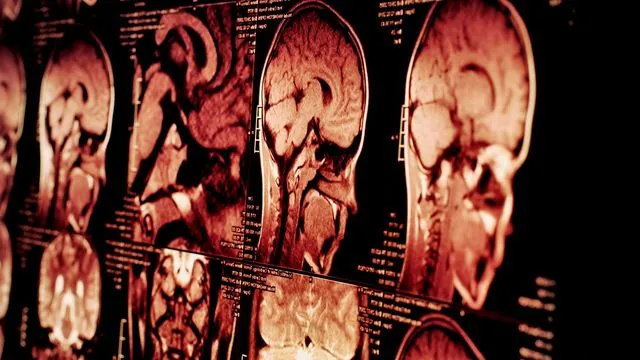
The Alarming Rise of Depression in Chinese Teens: A Deep Dive into Lifestyle Choices
2025-09-02
Author: Li
Concerning Trends in Adolescent Mental Health
The prevalence of depression among adolescents is skyrocketing, especially in urban areas like Shanghai. A recent longitudinal study spanning from 2019 to 2021 reveals shocking insights into how our youth's lifestyle choices are contributing to this mental health crisis.
A Detailed Look at the Study
Involving over 4,300 students, researchers tracked behaviors—including physical activity, screen time, and sleep patterns—to evaluate their links to depression. Alarmingly, depressive symptoms were reported in 23.6% of the students in 2019, which edged up to 26.6% in 2021. Girls reported higher rates, but a significant rise in depressive symptoms was also seen among boys.
How Lifestyle Factors Play a Role
The findings are clear: teens who spent more than two hours per day on screens—whether that be watching TV, gaming, or using mobile devices—were at a heightened risk for depressive symptoms. Internet addiction was even more concerning, showing a staggering 2.46 times increase in the likelihood of depression.
The Power of Physical Activity
Conversely, engaging in moderate-to-vigorous physical activity for at least an hour a day significantly reduced depressive symptoms. Students active 5 to 7 days a week had a 27% lower likelihood of reporting depression compared to their sedentary peers. This suggests that aerobic exercise might be a powerful ally in the fight against adolescent depression.
Sleep Matters More Than You Think
The study also points to sleep hygiene as a crucial factor. Teens who did not meet recommended sleep duration were more likely to show symptoms of depression. A well-rested teen is likely to be more resilient emotionally.
The Broader Context of Adolescent Depression
Globally, one in five adolescents faces mental health challenges, mirroring trends seen in China. This growing epidemic of youth depression poses a serious threat to their future, potentially impacting their well-being well into adulthood.
The Societal Implications
Diving deeper into demographics, the research uncovered shocking correlations between socioeconomic factors and depression rates. Teens from low-income families or single-parent households displayed significantly higher levels of depressive symptoms, underlining the need for holistic support systems.
A Call to Action
The urgent findings from this study urge parents, educators, and policymakers to prioritize healthy lifestyle interventions in schools and communities. By fostering environments that promote physical activity, balanced screen time, and sufficient sleep, we can combat the mental health crisis facing our youth today.
In Summary
As we face an alarming surge in depressive symptoms among adolescents, understanding the powerful influence of lifestyle choices is critical. From reducing screen time to increasing physical activity and ensuring adequate sleep, small changes can lead to significant improvements in mental well-being for the teenagers of Shanghai—and beyond.


 Brasil (PT)
Brasil (PT)
 Canada (EN)
Canada (EN)
 Chile (ES)
Chile (ES)
 Česko (CS)
Česko (CS)
 대한민국 (KO)
대한민국 (KO)
 España (ES)
España (ES)
 France (FR)
France (FR)
 Hong Kong (EN)
Hong Kong (EN)
 Italia (IT)
Italia (IT)
 日本 (JA)
日本 (JA)
 Magyarország (HU)
Magyarország (HU)
 Norge (NO)
Norge (NO)
 Polska (PL)
Polska (PL)
 Schweiz (DE)
Schweiz (DE)
 Singapore (EN)
Singapore (EN)
 Sverige (SV)
Sverige (SV)
 Suomi (FI)
Suomi (FI)
 Türkiye (TR)
Türkiye (TR)
 الإمارات العربية المتحدة (AR)
الإمارات العربية المتحدة (AR)